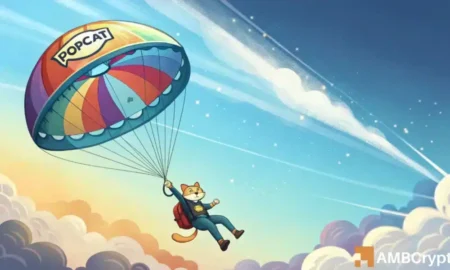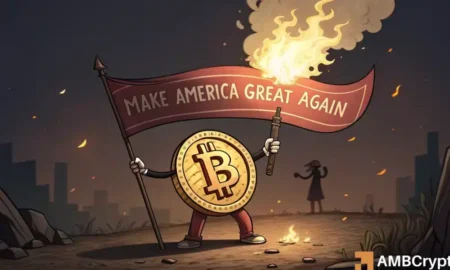Surge in Ripple’s Active Addresses: The Shift from Store of Value to Speculation
In recent years, the cryptocurrency landscape has experienced significant changes, particularly in terms of retail investor participation. Ripple (XRP) has emerged as a notable player in this evolving market, boasting an impressive 490% rise in active addresses over the past three years. This increase starkly contrasts with Bitcoin (BTC), which has experienced a comparatively modest growth within the same timeframe. Most notably, Ripple’s expansion culminated in an astonishing 460% surge in active addresses during the fourth quarter of the previous year, overshadowing Bitcoin’s 61% increase to its all-time high of $108,364. Despite this promising growth, the question remains: Is XRP shifting from a traditional store of value to a speculative asset driven by retail investment frenzy?
Retail-Driven Speculation: The Impact of Ripple’s Legal Victory
Despite Ripple’s noteworthy achievements, including significant gains following its legal triumph over the SEC, the market’s response has raised concerns. The anticipated breakout didn’t materialize as XRP struggled to surpass key resistance levels, particularly the pivotal $2.60 mark, which has proven resilient against multiple challenges. For instance, an intraday surge of 11.56% following the legal ruling was countered by strong selling pressure, with XRP lazying around the $2 price zone—typically recognized as a support level for potential bullish reversals. On-chain metrics further indicated increased exchange outflows of 1.74%, signifying a potential supply squeeze and a new phase of retail-driven accumulation.
Speculative Capital Inflows: Indicators of a Growing Risk Appetite
In light of the growing retail interest in XRP, speculative capital inflows appear to be on the rise. Key metrics such as Open Interest (OI), which jumped by 1.06% to reach $3.65 billion, and a 1.14% increase in high-risk leveraged positions in derivatives markets indicate an escalating risk appetite among traders. These developments contribute to an environment ripe for dip-buying, fueled by heightened retail-driven FOMO (Fear Of Missing Out). However, while the surge in retail participation has fortified the $2 liquidity zone, it simultaneously raises concerns regarding the sustainability of this market trend. The potential for increased volatility and price inefficiencies looms as speculative demand grows.
Examining Ripple’s Market Positioning in Q2: A Challenge Ahead
As Ripple transitions into the second quarter, its market positioning faces scrutiny. The three primary whale cohorts, critical players in the XRP ecosystem, remain significantly below their previous accumulation peaks. This prolonged distribution phase creates a liquidity overhang that restricts XRP’s ability to regain the critical resistance level of $3. The Short-Term Holder Net Unrealized Profit/Loss (STH-NUPL) indicator reinforces concerns about volatility. Historical data reveals that prior attempts to breach the $2.60 resistance have led to capitulation signals among short-term holders, suggesting a concerning pattern of weak-handed exits following speculative inflows.
The Consequences of Premature Profit-Taking: A Retail-Driven Market Structure
The current state of XRP’s market structure appears heavily influenced by retail activity, characterized by premature profit-taking. When retail investors rush to take profits at critical breakeven points, inefficiencies in supply emerge, trapping XRP within a tight trading range. The lack of robust demand at critical resistance levels further complicates the scenario. As it stands, Ripple’s market dynamics suggest that unless buy-side liquidity improves significantly, a substantial breakthrough past the $3 mark in Q2 is increasingly unlikely. This uncertainty raises important questions regarding the asset’s ongoing transformation—from a coveted store of value to a highly speculative instrument driven by retail enthusiasm.
Conclusion: The Future of XRP in a Speculative Environment
In conclusion, the dramatic rise in Ripple’s active addresses underscores a shift towards a more speculative asset class fueled by retail engagement. While XRP’s impressive growth statistics and legal victories present an optimistic façade, the underlying market dynamics suggest potential pitfalls characterized by heightened volatility and speculative excess. As Ripple navigates its market positioning amid these challenges, the broader implications for its long-term viability as a store of value become increasingly critical. The shifting landscape of retail participation, driven by FOMO and speculative behaviors, poses questions about the sustainable future of XRP in the ever-evolving cryptocurrency ecosystem. Investors must remain vigilant as they weigh the potential rewards against the risks inherent in a market teetering on the edge of speculation.
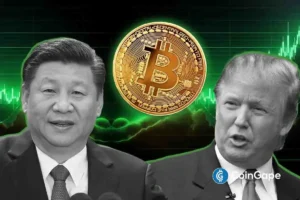

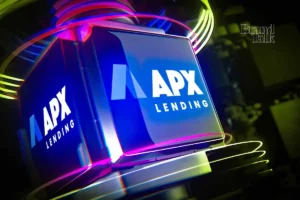





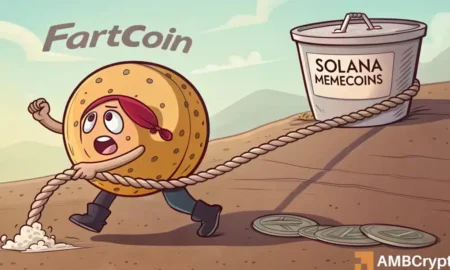

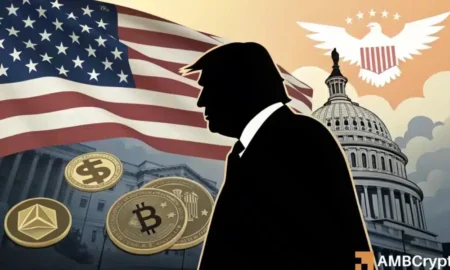
![Ethereum’s [ETH] 11% Surge: Is Greed Indicating a Recovery or Fear Creating a Trap?](https://icoinmarket.com/wp-content/uploads/2025/04/Ritika-8-1000x600.webp-450x270.webp)
![Will Chainlink’s [LINK] Recent Retest Turn Support into Resistance?](https://icoinmarket.com/wp-content/uploads/2025/04/Renuka-57-1000x600.webp-450x270.webp)
